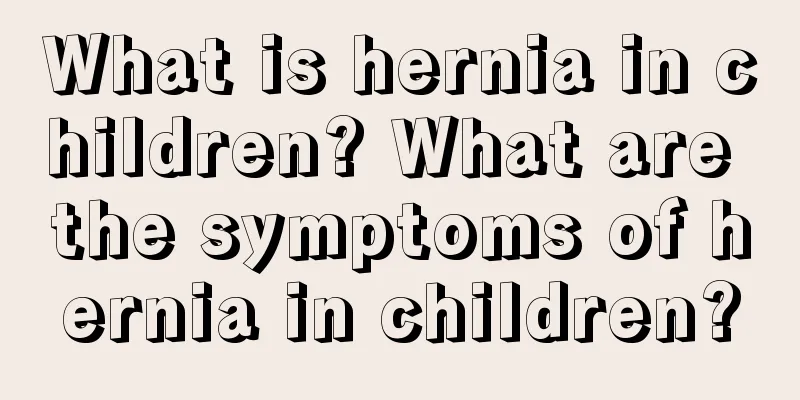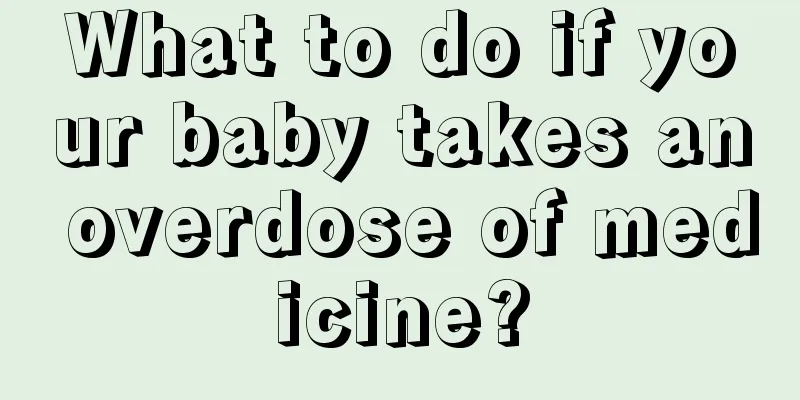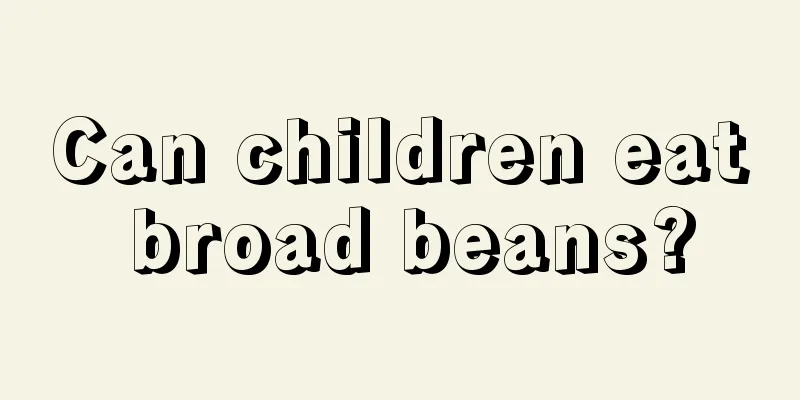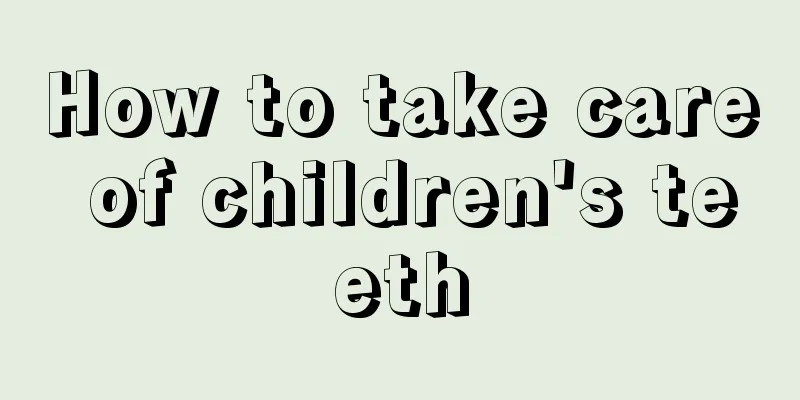What is hernia in children? What are the symptoms of hernia in children?

|
A common type of hernia in children is inguinal hernia. In many cases, pediatric hernia requires surgical treatment. When the baby cries, there will be a lump in the groin, and abdominal distension, constipation, and abdominal pain will also occur. Timely treatment will not affect the development of the baby's reproductive organs. 1. Groin mass When a child cries, exercises vigorously, or has dry stools, a protruding mass will appear in the groin, which may sometimes extend to the scrotum or labia area. It will disappear on its own when the child lies flat or is pressed with the hands. 2. Digestive system symptoms: Pediatric hernia will affect the baby's digestive system, causing symptoms such as abdominal distension, constipation, abdominal pain, and poor absorption function. 3. Reproductive system symptoms: Since the groin and urogenital system are adjacent to each other, some children with hernias will have their reproductive organs affected by the compression of the hernia. 4. Reducible hernia In the early stage of pediatric hernia, the swelling may disappear when the child lies flat and quiet; as the intra-abdominal pressure continues to increase, the swelling may drop into the scrotum. At this time, if the factors causing increased intra-abdominal pressure can be eliminated, and the child can be made to lie flat, or the swelling can be gently pushed toward the abdominal cavity, the swelling can return to the abdominal cavity through the channel through which the testicle descends, and the swelling disappears. This situation is called reducible hernia. 5. Hernia incarceration Once the hernia becomes incarcerated (the hernia mass cannot be reduced), abdominal pain, nausea, vomiting, fever, anorexia or crying and irritability will occur. The symptoms of hernia incarceration in children are mainly because the intestines or greater omentum in the hernia sac are easily squeezed or collided, causing inflammatory swelling, making it difficult to reduce the hernia, leading to hernia incarceration, and ultimately causing severe abdominal pain and serious complications such as intestinal obstruction and intestinal necrosis. If not treated in time, it may be life-threatening. 6. Symptoms of intestinal obstruction If the tumor cannot be returned to the abdominal cavity, abdominal pain will worsen, the patient will cry incessantly, and then vomiting, abdominal distension, difficulty in defecation and other symptoms of intestinal obstruction will appear. An oval tumor can be seen in the groin or scrotum, with a hard texture and obvious tenderness. If the tumor has been incarcerated for a long time, redness and swelling can be seen on the skin. If the intestine cannot be returned for a long time, serious complications such as intestinal ischemia and necrosis may occur. |
<<: How to treat renal failure in children
>>: The height and weight of a four-year-old boy is as follows
Recommend
Will babies' allergies heal on their own?
In the process of raising children, parents will ...
What to do if the newborn has enlarged ventricles
After a newborn is born, parents, in addition to ...
Newborn baby has a lump in the breast? Teach you how to deal with it
Since newborns cannot communicate well, parents w...
Is ADHD hereditary?
I believe everyone is familiar with ADHD. This di...
Why does my child have knee pain?
Children need the support of multiple nutrients d...
How long does it take for a baby to grow flowers?
People who have never given birth don’t know what...
Symptoms of mental illness in children
Some diseases will manifest themselves from an ea...
What should I do if my child hits his head?
Every baby is the apple of the mother’s eye. Moth...
What should I do if my baby keeps coughing suddenly?
When mothers see their babies coughing, they shou...
How many months does it take for a baby to straighten its legs?
When a baby is born in the family, parents will g...
What causes baby cramps?
Most newborns are more likely to suffer from cram...
Can babies eat brown rice porridge? Parenting experts tell you the answer
When the baby is about half a year old, parents w...
White spots on baby's legs
Sometimes a newborn baby will feel some white spo...
Red pimples on the child's buttocks
The baby's skin is delicate, and the newborn ...
Why does a child have a runny yellow nose?
Runny nose is a common symptom of cold in childre...









